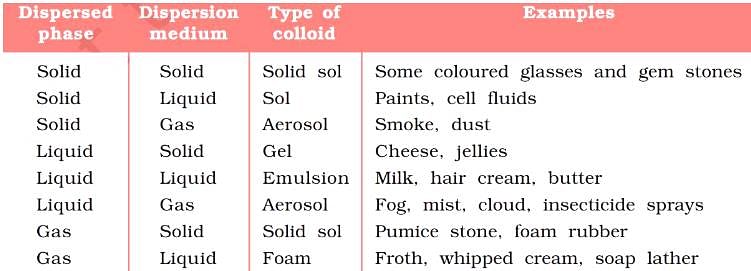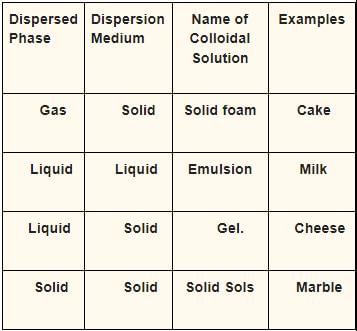NEET Exam > NEET Tests > Chemistry Class 12 > Test: Types of Colloids (Old NCERT) - NEET MCQ
Test: Types of Colloids (Old NCERT) - NEET MCQ
Test Description
10 Questions MCQ Test Chemistry Class 12 - Test: Types of Colloids (Old NCERT)
Test: Types of Colloids (Old NCERT) for NEET 2025 is part of Chemistry Class 12 preparation. The Test: Types of Colloids (Old NCERT) questions and answers have been
prepared according to the NEET exam syllabus.The Test: Types of Colloids (Old NCERT) MCQs are made for NEET 2025 Exam. Find important
definitions, questions, notes, meanings, examples, exercises, MCQs and online tests for Test: Types of Colloids (Old NCERT) below.
Solutions of Test: Types of Colloids (Old NCERT) questions in English are available as part of our Chemistry Class 12 for NEET & Test: Types of Colloids (Old NCERT) solutions in
Hindi for Chemistry Class 12 course. Download more important topics, notes, lectures and mock
test series for NEET Exam by signing up for free. Attempt Test: Types of Colloids (Old NCERT) | 10 questions in 15 minutes | Mock test for NEET preparation | Free important questions MCQ to study Chemistry Class 12 for NEET Exam | Download free PDF with solutions
Test: Types of Colloids (Old NCERT) - Question 1
Depending upon the nature of interaction between the dispersed phase and the dispersion medium, colloidal sols are divided in how many categories?
Detailed Solution for Test: Types of Colloids (Old NCERT) - Question 1
Detailed Solution for Test: Types of Colloids (Old NCERT) - Question 2
Test: Types of Colloids (Old NCERT) - Question 3
Foam rubber is an example of which type of colloid?
Detailed Solution for Test: Types of Colloids (Old NCERT) - Question 3
Test: Types of Colloids (Old NCERT) - Question 4
An example of colloid in which both phase and medium are solid is?
Detailed Solution for Test: Types of Colloids (Old NCERT) - Question 4
Test: Types of Colloids (Old NCERT) - Question 5
The name aquadag is given to the colloidal sol of:
Detailed Solution for Test: Types of Colloids (Old NCERT) - Question 5
Test: Types of Colloids (Old NCERT) - Question 6
Which method is used for preparation of metal sols?
Detailed Solution for Test: Types of Colloids (Old NCERT) - Question 6
Test: Types of Colloids (Old NCERT) - Question 7
The formation of micelles takes places above a particular temperature, called as:
Detailed Solution for Test: Types of Colloids (Old NCERT) - Question 7
Test: Types of Colloids (Old NCERT) - Question 8
Rotation at high speed makes the colloid settle down and the impurities remain in solution. What is this process called?
Detailed Solution for Test: Types of Colloids (Old NCERT) - Question 8
Detailed Solution for Test: Types of Colloids (Old NCERT) - Question 9
Detailed Solution for Test: Types of Colloids (Old NCERT) - Question 10
|
108 videos|286 docs|123 tests
|
Information about Test: Types of Colloids (Old NCERT) Page
In this test you can find the Exam questions for Test: Types of Colloids (Old NCERT) solved & explained in the simplest way possible.
Besides giving Questions and answers for Test: Types of Colloids (Old NCERT), EduRev gives you an ample number of Online tests for practice






















